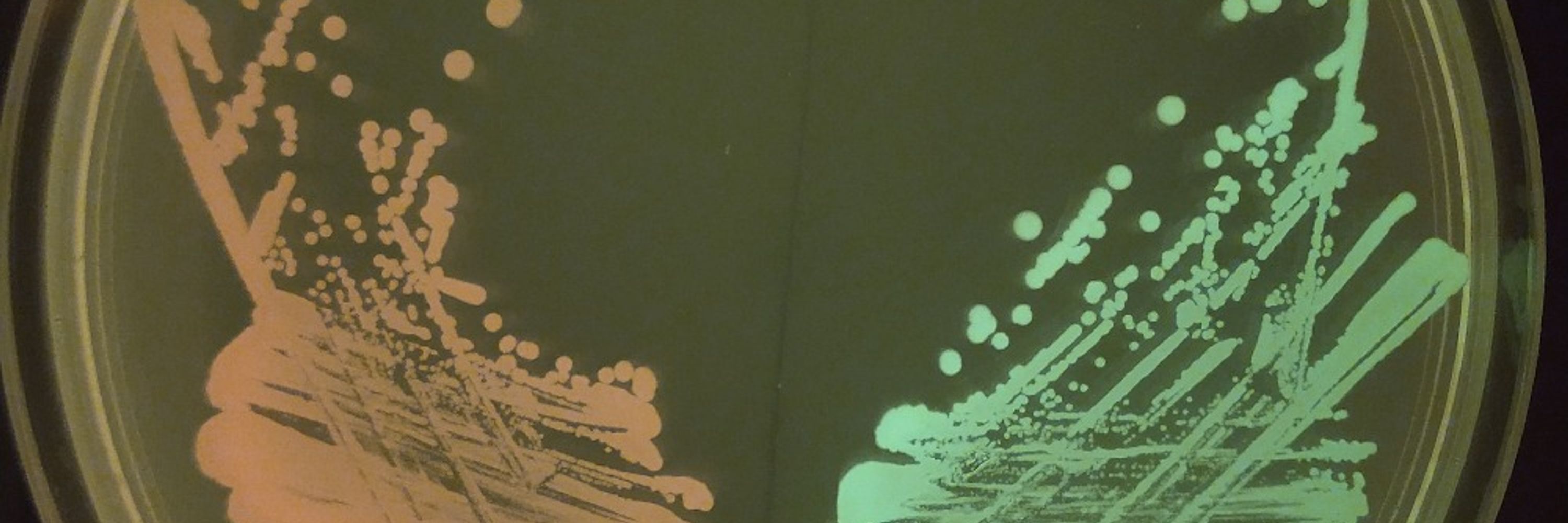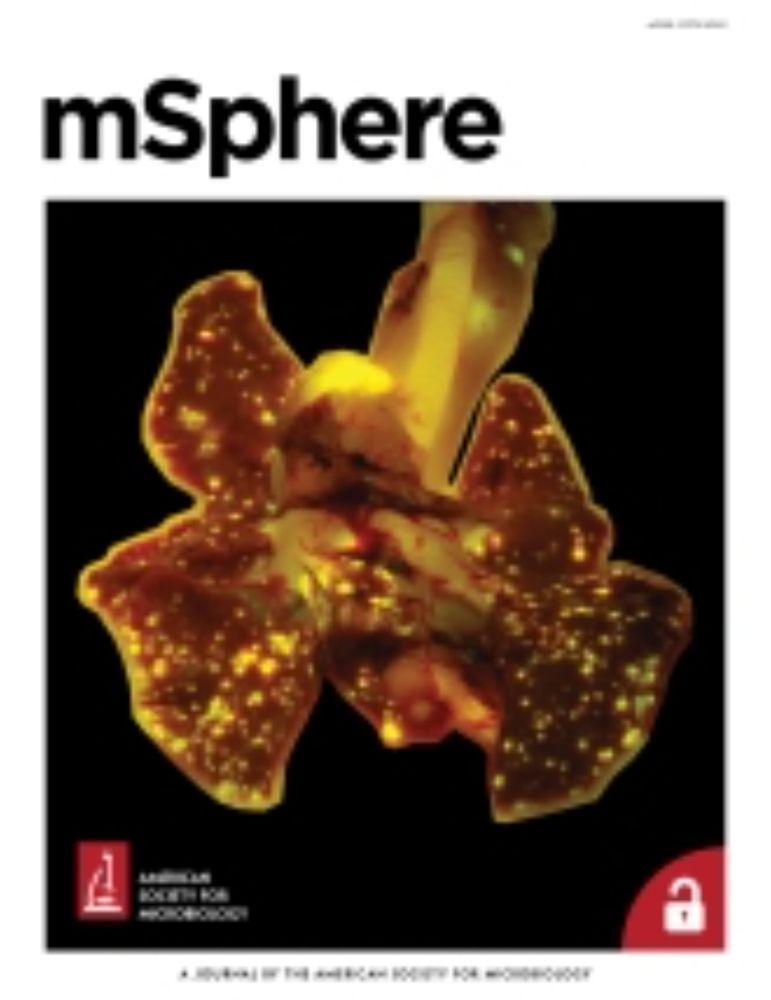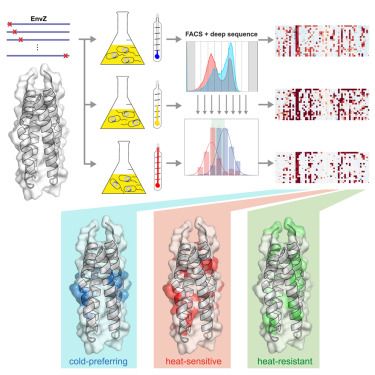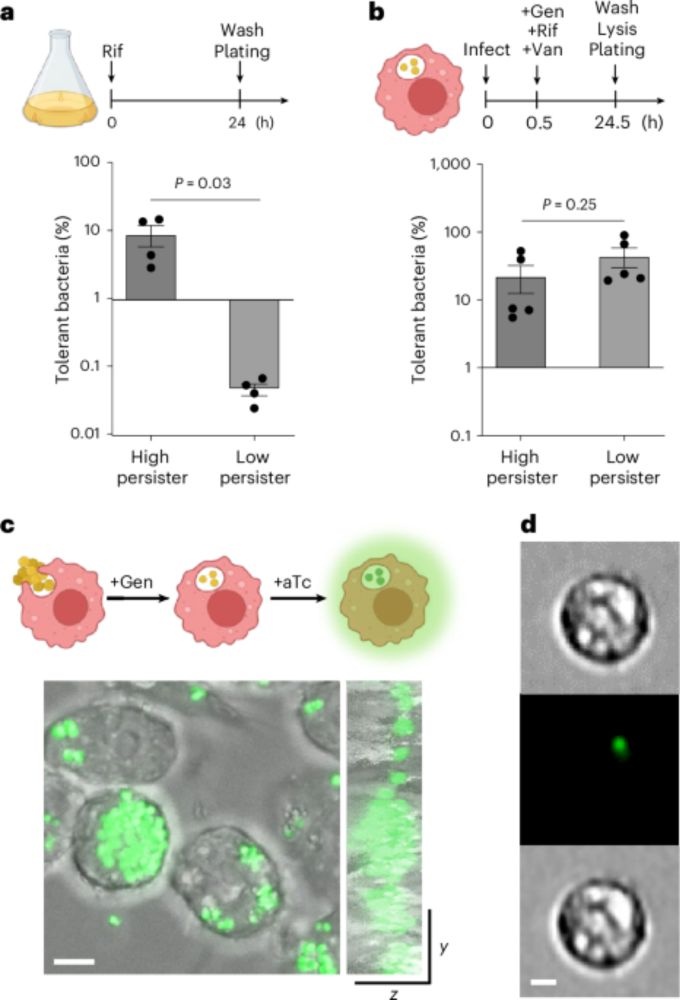
www.biorxiv.org/content/10.1...

www.biorxiv.org/content/10.1...


academic.oup.com/femsre/advan... (accepted manuscript version)
TL;DR: the Enterococci are really good at evolving resistance to antibiotics in new and creative ways.

academic.oup.com/femsre/advan... (accepted manuscript version)
TL;DR: the Enterococci are really good at evolving resistance to antibiotics in new and creative ways.

newrepublic.com/post/202435/...

newrepublic.com/post/202435/...

🔗 bit.ly/4hujsRG
@livuninews.bsky.social | #TeamLivUni

🔗 bit.ly/4hujsRG
@livuninews.bsky.social | #TeamLivUni
My bot will pick up the change to RMS & post immediately.
ARC should email outcomes to lead CIs, but might take an 1hr or so for DPs

My bot will pick up the change to RMS & post immediately.
ARC should email outcomes to lead CIs, but might take an 1hr or so for DPs
www.biorxiv.org/content/10.1...
Want to get started? github.com/rickbeeloo/b...
www.biorxiv.org/content/10.1...
Want to get started? github.com/rickbeeloo/b...
📜 www.biorxiv.org/content/10.1...



📜 www.biorxiv.org/content/10.1...
#microsky #mevosky
#microsky #mevosky
#bacteria #microbiology

#bacteria #microbiology
buff.ly/jJd9Eho

buff.ly/jJd9Eho


Human nasal organoids (HNOs) are a new model system for studying bacterial colonization and interspecies interactions. A big congratulations to the whole team, especially co-first authors: Andrea Boyd and Leah Kafer

Human nasal organoids (HNOs) are a new model system for studying bacterial colonization and interspecies interactions. A big congratulations to the whole team, especially co-first authors: Andrea Boyd and Leah Kafer




